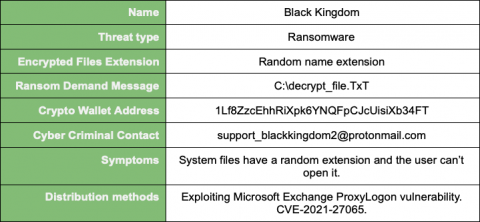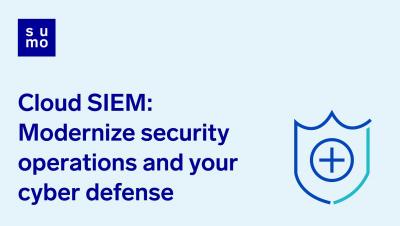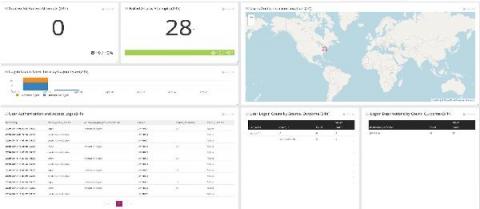Security | Threat Detection | Cyberattacks | DevSecOps | Compliance
Logging
Endpoint Security Data Collection Strategy: Splunk UF, uberAgent, or Sysmon?
Many threats originate from the endpoint and detecting them requires insights into what happens on the endpoint. In this post we look at different endpoint activity data sources, comparing the benefits and capabilities of Splunk Universal Forwarder with vast limits uberAgent and homegrown solutions.
Enhancing Event Log Analysis with EvtxEcmd using KAPE
Threat Hunting with Threat Intelligence
With more people working from home, the threat landscape continues to change. Things change daily, and cybersecurity staff needs to change with them to protect information. Threat hunting techniques for an evolving landscape need to tie risk together with log data. Within your environment, there are a few things that you can do to prepare for effective threat hunting. Although none of these is a silver bullet, they can get you better prepared to investigate an alert.
Interview With Cyber Security Author Scott Steinburg
For our first specialist interview on the Logit.io blog, we’ve welcomed Scott Steinburg to share his thoughts on the current state of cybersecurity as well as the reasons behind writing his new book Cybersecurity: The Expert Guide. Scott is the creator of the popular Business Expert’s Guidebook series, host of video show Business Expert: Small Business Hints, Tips and Advice and CEO of high-tech consulting firm TechSavvy Global.
Using Devo to Stop Black Kingdom ProxyLogon Exploit
Black Kingdom is targeting Exchange servers that remain unpatched against the ProxyLogon vulnerabilities disclosed by Microsoft earlier this month. It strikes the on-premises versions of Microsoft Exchange Server, abusing the remote code execution (RCE) vulnerability also known as ProxyLogon (CVE-2021-27065[2]).
Cloud SIEM: Modernize Security Operations and your Cyber Defense
Coralogix - On Demand Webinar - 2021 Troubleshooting Best Practices
Monitoring Logs for Insider Threats During Turbulent Times
For logs and tracking insider threats, you need to start with the relevant data. In these turbulent times, IT teams leverage centralized log management solutions for making decisions. As the challenges change, the way you’re monitoring logs for insider threats needs to change too. Furloughs, workforce reductions, and business practice changes as part of the COVID stay-at-home mandates impacted IT teams.











